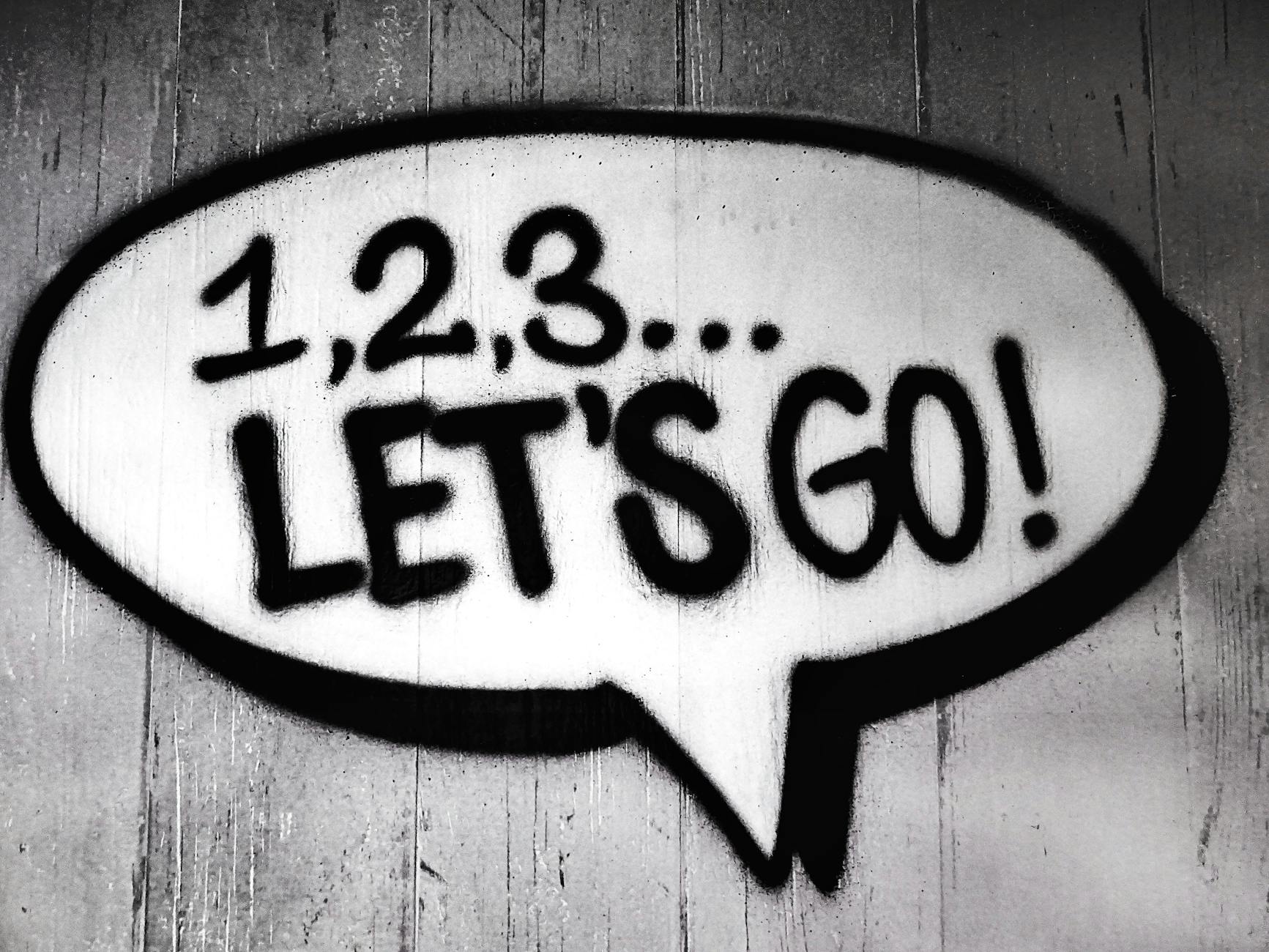What is positive visualization?

What is positive visualization?
Positive visualization is a powerful technique that involves picturing yourself succeeding in your goals and aspirations. It’s not just about daydreaming; it’s a structured method to shape your thoughts and align your actions towards achieving your desired outcomes. By engaging in this practice, you can boost your confidence and motivation, making it easier to navigate challenges. This technique is particularly relevant in personal development and productivity, helping individuals from all walks of life.
Understanding Positive Visualization
At its core, positive visualization is about mental imagery. By vividly imagining the successful completion of tasks or the achievement of goals, you create a mental blueprint that influences your behaviors and attitudes. This practice is rooted in various psychological theories, including cognitive-behavioral principles that emphasize the connection between thought patterns and behavior.
The Psychology Behind Positive Visualization
Visualization taps into the subconscious mind, a reservoir of beliefs, experiences, and emotions. When you visualize positive outcomes, you’re essentially programming your mind to expect success. This technique can lead to increased motivation, as the brain starts to recognize the imagery as a potential reality. Research has shown that athletes and performers often use visualization to enhance their skills and boost performance, demonstrating the profound impact this technique can have on motivation and behavior. For more information on this psychological aspect, you can explore the imagery in everyday life.
The Benefits of Positive Visualization
The advantages of practicing positive visualization are numerous:
- Increased Confidence: Visualizing success helps build self-belief. When you see yourself achieving your goals, you become more confident in your ability to reach them.
- Reduced Stress: Engaging in visualization can serve as a form of mental relaxation, alleviating anxiety and promoting a sense of calm.
- Improved Achievement: By focusing on positive outcomes, you’re more likely to take the necessary steps toward achieving your goals. This technique has been linked to enhanced performance in various fields, including sports and academics. For a deeper dive into the benefits, you might check out the scientific benefits of visualization.
How to Practice Positive Visualization
Incorporating positive visualization into your daily routine is easier than you might think. Here are some steps to get you started:
Setting Clear Goals and Intentions
Before you begin visualizing, it’s essential to define what you want to achieve. Setting clear and specific goals will provide direction to your visualizations. Ask yourself: What do I want to accomplish? This clarity will enhance the effectiveness of your practice.
Visualization Techniques
There are several techniques you can use to practice positive visualization:
- Guided Imagery: This involves listening to a recording that leads you through a visualization exercise, helping you picture your desired outcomes vividly.
- Vision Boards: Create a collage of images and words that represent your goals. Display it where you can see it daily to reinforce your visualizations.
- Affirmations: Pair your visualizations with positive affirmations, declaring your intentions and beliefs about your abilities. This combination can amplify the impact of your visualizations.
Creating a Visualization Practice
To make the most of positive visualization, it’s crucial to establish a regular practice. Consider setting aside time each day or week for this activity. Find a quiet space, close your eyes, and immerse yourself in the details of your visualizations. Engage all your senses to make the experience more vivid. Consistency is key, so aim to practice regularly to reap the full benefits.
Positive Visualization in Different Contexts
Positive visualization can be applied across various areas of life, enhancing performance and personal growth.
Positive Visualization in Sports
Athletes frequently use visualization techniques to enhance their performance. For instance, many Olympic champions visualize themselves executing their routines flawlessly before competitions. This mental rehearsal helps them cultivate a winning mindset and improves their overall performance. Learn more about the powerful role of visualization in sports from sources like Peak Sports.
Positive Visualization in Personal Development
In personal development, visualization serves as a tool for self-improvement. By imagining yourself overcoming obstacles and achieving your goals, you foster a positive mindset that encourages growth. This practice can help you build resilience, allowing you to face challenges with confidence and determination.
Positive Visualization for Academic Success
Students can also benefit from positive visualization. By picturing themselves successfully completing exams or mastering difficult subjects, they can reduce anxiety and boost their motivation to study. This technique not only enhances their performance but also creates a more positive attitude toward learning. For more tips on using visualization in academic settings, resources like BetterUp provide useful guidance.
Conclusion
Positive visualization is a powerful tool that can significantly enhance your personal and professional life. By picturing your success, you can cultivate confidence, reduce stress, and improve your overall achievement. Whether you’re an athlete, a student, or someone aiming for personal growth, integrating positive visualization into your routine can transform the way you approach your goals. So, why not give it a try? Start visualizing your success today and watch as it unfolds in your life.

Photo by SevenStorm JUHASZIMRUS